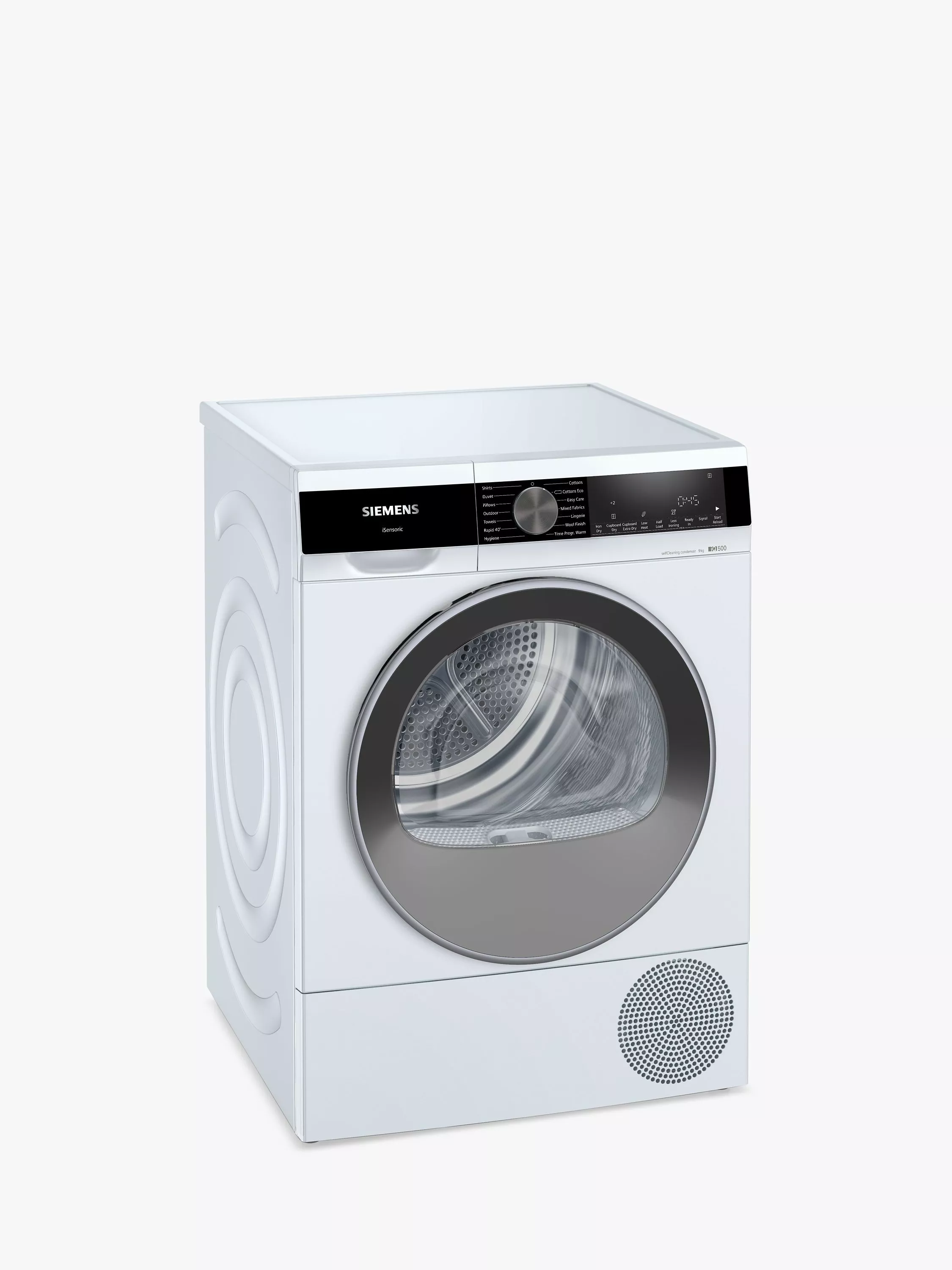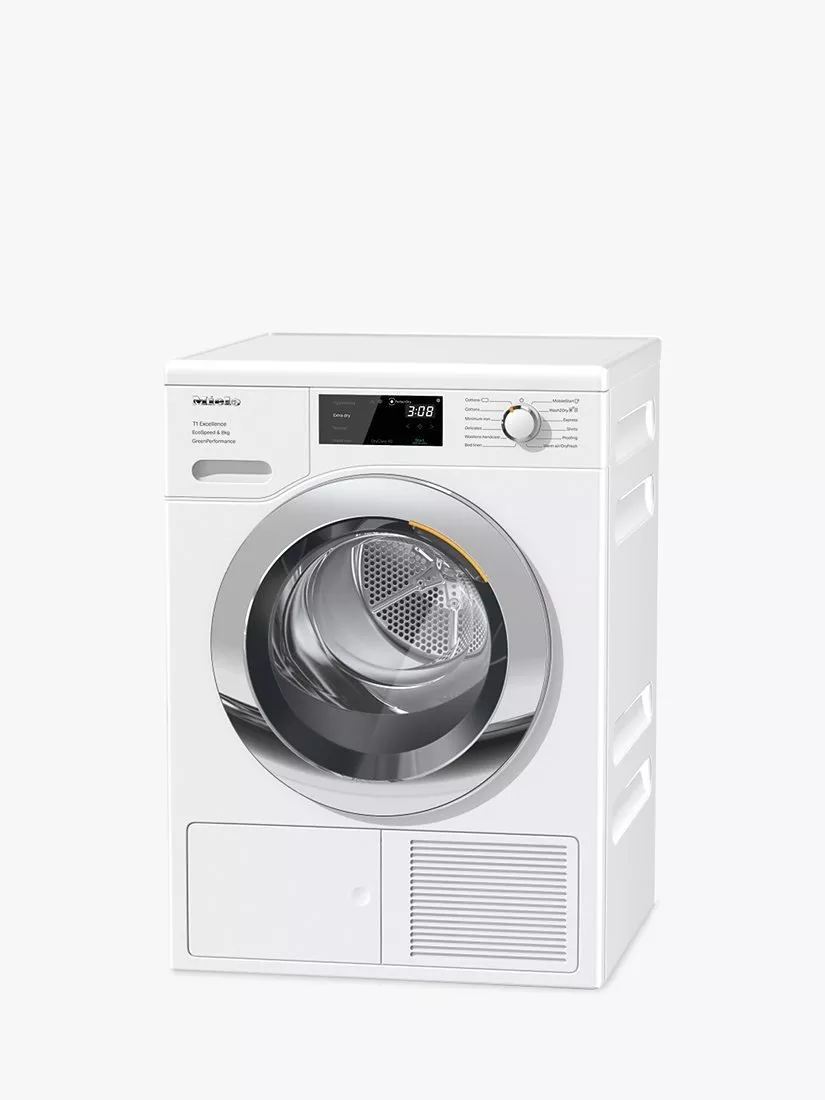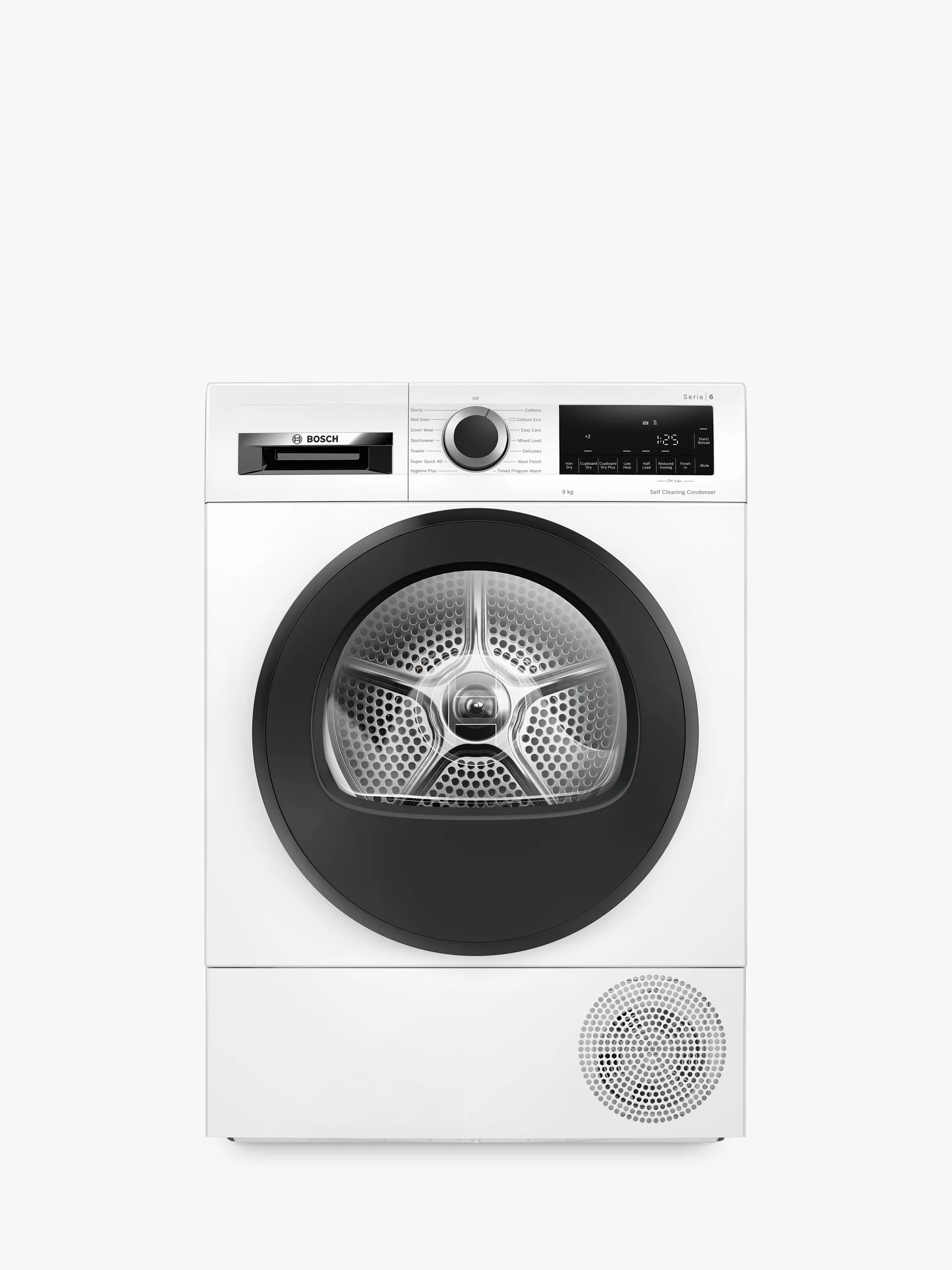I tried this heat pump tumble dryer and it's changed how I do my laundry
Black Friday has plenty of deals on for tumble dryers right now. Here's why I'll be opting for a heat pump tumble dryer over a condenser model
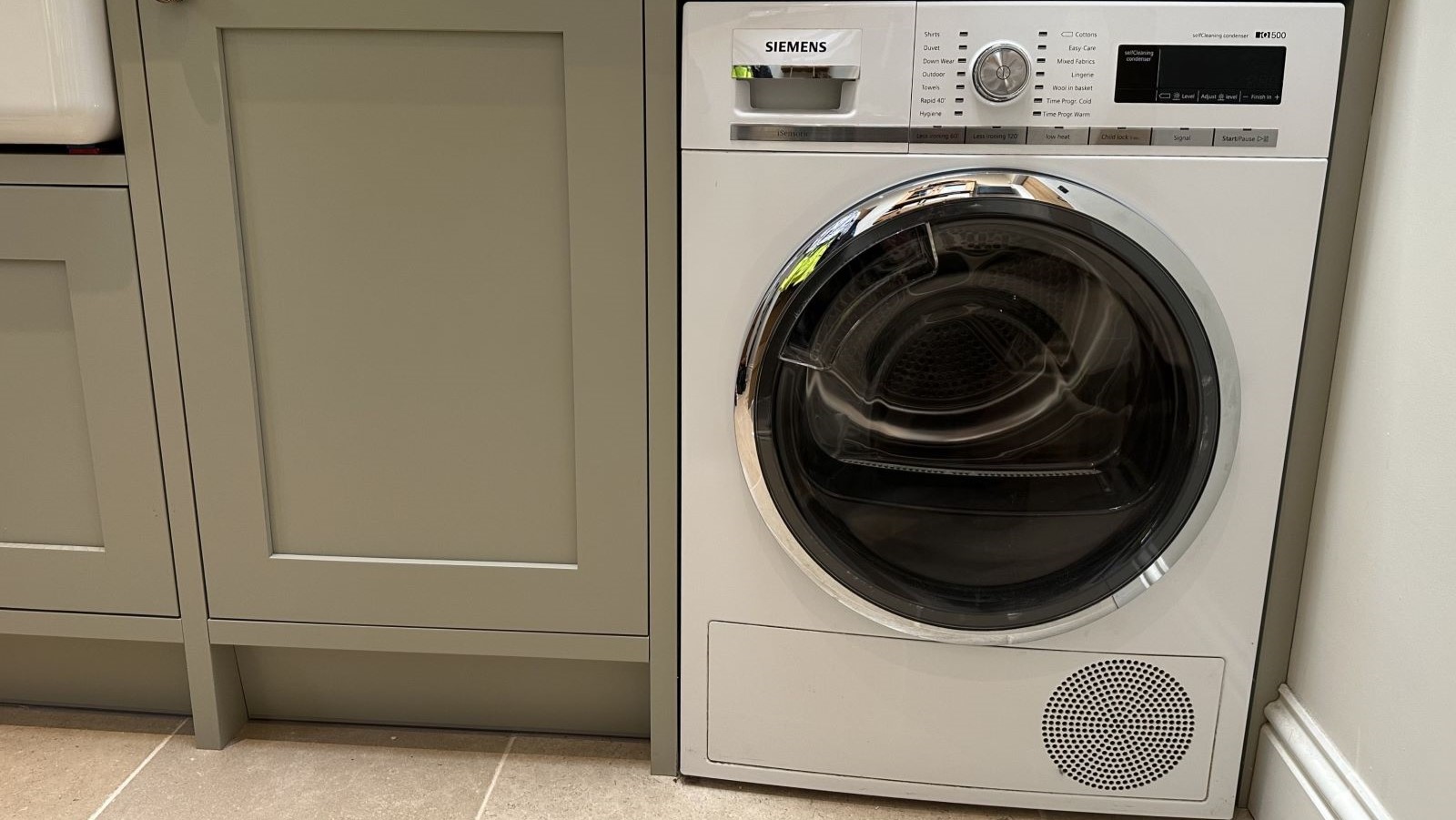
When I lived in a small Victorian terraced house in London, a combined washer-dryer was ideal. It meant I had the luxury of having both a washing machine and a tumble dryer, despite only having a few square metres of space in my tiny kitchen.
The benefits weren't only in the dual usage. The washer-dryer didn't need to be vented, and it didn't need a separate drain. Everything simply connected to the existing washing machine pipework. The only thing I would have perhaps changed, was having either an integrated front or a cupboard door to cover it. As it was, it was on show in the kitchen, along with the undercounter fridge freezer.
After selling up and moving to a house with a little more space in the Suffolk countryside, the washer-dryer came with me. But after a decade of use, I'm finally in the market for upgrading my model to a separate tumble dryer that will sit in its own utility room, to give me more laundry capacity with my busy lifestyle.
Here's why my upgrade is likely to be a heat pump tumble dryer.
First impressions of the heat pump tumble dryer
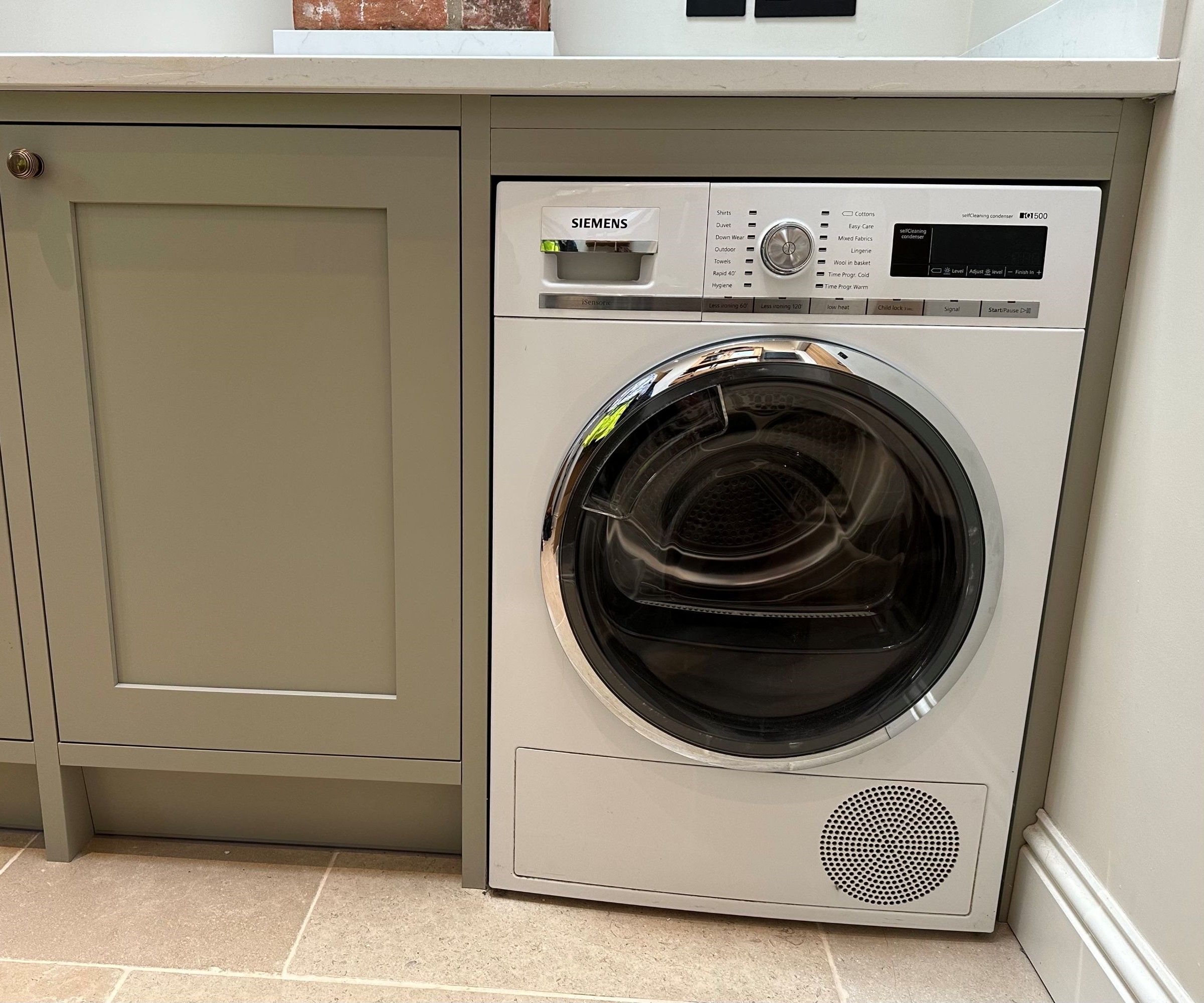
When my partner bought his Siemens heat pump tumble dryer a few years ago, I admit I'd never heard of the technology.
My first impression was that his machine, a Siemens iQ500 that is currently £769 on John Lewis, looked swanky and high-tech. The silver trim looked shiny and clean while the glass on the door gave it a high-end feel. I didn't like that it wasn't integrated, but it's actually difficult to find integrated heat pump tumble dryers. For this reason, when I buy my own I'd probably choose to build a cupboard housing around it.
The functionality was pretty easy to work out too. It has several settings, including easy-care, shirts, cottons, mixed fabrics, lingerie and wool, that can be easily toggled between by turning the large soft-turn silver button at the top centre of the machine. This essentially adjusts drying time and temperature, which can be seen on its digital display.
The tumble dryer is smart too, with sensors that detect and automatically reduce the drying time if the clothing inside it dries quicker than the cycle length. This prevents over-drying clothing as well as saving energy.
Changing my laundry habits for a lower temperature cycle
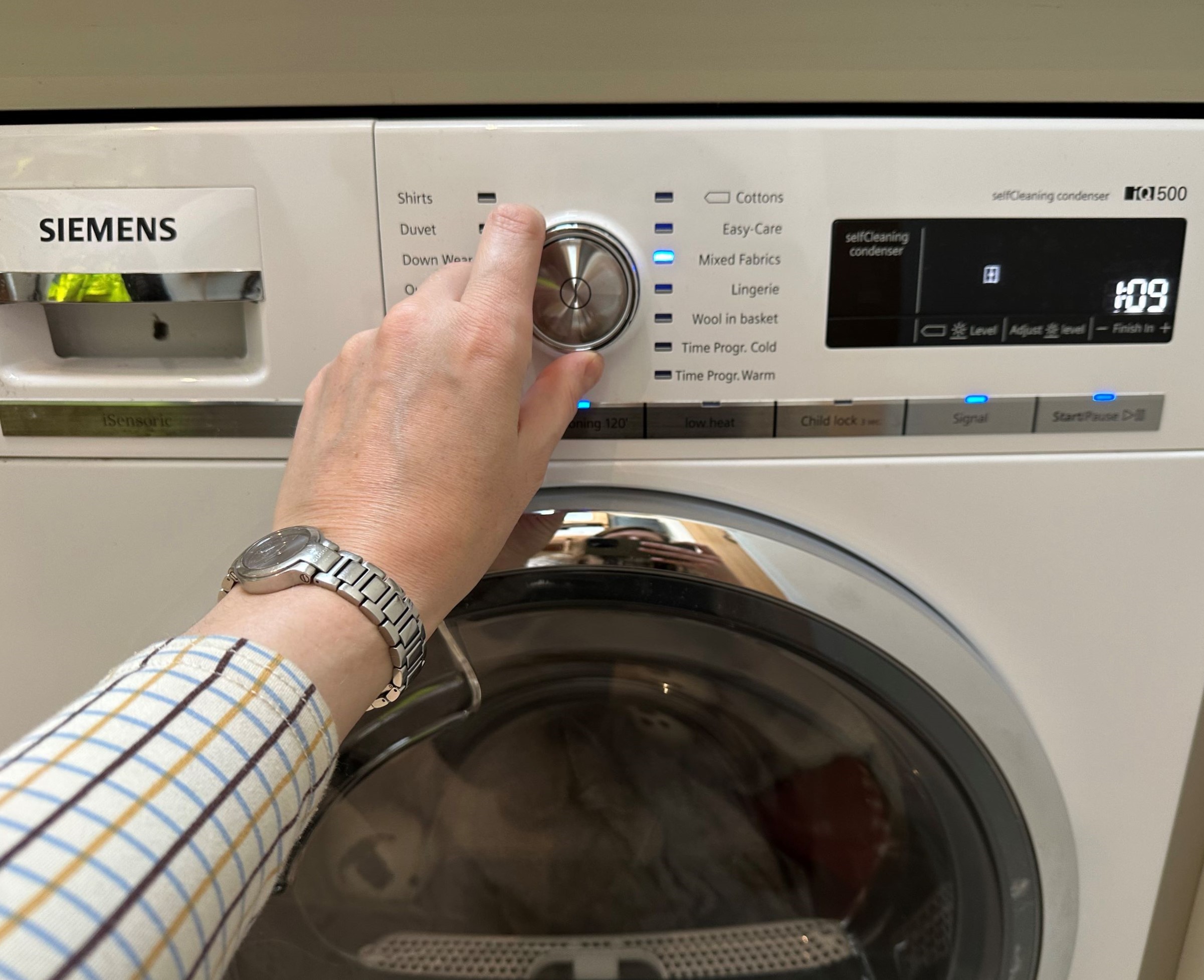
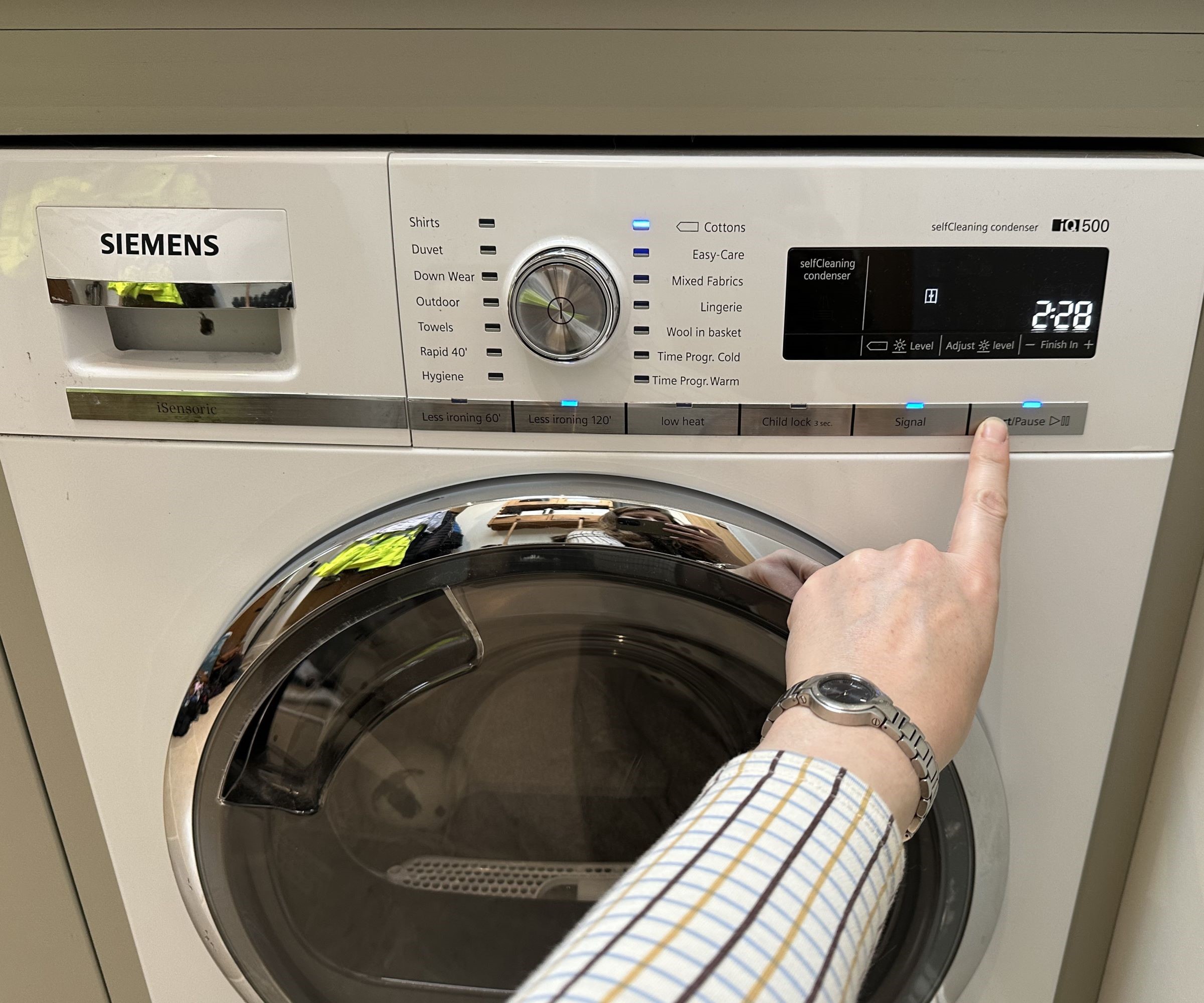
The huge difference in heat pump vs condenser dryers is the much lower temperature the machine operates at. While vented or condenser dryers typically reach 75°C, a heat pump tumble dryer will instead only hit around 50°C meaning each drying cycle will also take much longer. This is because heat pump tumble dryers work on a closed loop system, constantly reusing the hot air inside the tumble dryer rather than generating new heat and venting out the used hot air.
The first thing that took me a while to get my head around with the heat pump tumble dryer was not being able to chuck a singular piece of wet laundry into the dryer and see it dry within 10 minutes. This is because heat pump tumble dryers are designed to dry clothing slowly with a much lower heat. The Siemens iQ500 does have a quick-drying option, called "Rapid 40" but this doesn't really compare to the speed and heat of my old condenser dryer.
This did at first jar with my usual laundry habits and meant I could no longer do a quick wash and dry of a favourite clothing item if I needed a speedy turnaround, say for instance to wear out to dinner that evening. I learned this lesson the hard way and spent a while wondering why wet clothing that I needed immediately wasn't drying in time to wear it.
Once I started to use the tumble dryer more often, you do start to adjust your laundry habits. I no longer take a disorganised approach to my washing, instead I am forced to plan ahead more – basically because otherwise stuff just won't dry in time.
Shop heat pump tumble dryers
How my clothing lifespan improved
After a few years of trying out the Siemens iQ500, some of the benefits of switching from a condenser dryer to a heat pump tumble dryer started to override my initial feelings towards the technology.
The main benefit, and it's a huge one, is that this tumble dryer doesn't slowly destroy my clothing. With my condenser dryer, there were many items that I just wouldn't dare put in the tumble dryer, and this meant having to dry them on the back of chairs or flung over the banister of the stairwell as I didn't have enough space for a clothes airer.
Among these items were my wool jumpers and socks, jeans, anything vaguely delicate and any new item of clothing. That's because if the tumble dryer didn't shrink the item, it would gradually make it look faded and worn. It meant the lifespan of my "best" clothing was fairly short unless I did a fair amount of handwashing in the bathtub.
But when I switched over to the heat pump tumble dryer, this just didn't happen any more. Admittedly I didn't discover this by trialing it myself, it happened when my partner literally just chucked everything in the machine without any kind of sorting or checking with me beforehand. This did at first cause me minor panics when I saw my Ralph Lauren jeans and White Company pyjamas circulating around the drum, but when they came out looking fine, I had to quickly concede that his tumble dryer was far superior to my own.
The only casualty to the Siemens iQ500 so far has been an expensive Schöffel woollen jumper of his that shrank ever so slightly after going in under a mixed fabrics setting, despite being marked as hand wash only. That said, the jury is still out as the culprit may have been the washing machine or possibly even one too many Sunday lunches. Jeans, coats, Puffa jackets, other woollens and even wellington boots (he puts everything in!) have miraculously emerged, not only unscathed but looking fresh, clean and with no fading.
The reason is basically because the lower temperature a heat pump tumble dryer operates at is much gentler on fabrics, giving them a much longer lifespan.
Saving me time, energy and back pain
No longer having to do as much handwashing has saved me a fair amount of time and effort, in addition to avoiding the backpain of leaning over the bathtub as I wash my delicates.
But, it also saved energy on my partner's electricity bill. That's because, while cycles may take longer, the tumble dryer uses 50% less energy than a condenser or vented model due to its lower temperature and recycled heat.
This gives the Siemens iQ500 an A++ energy rating with an estimated 258kWh usage per year. Some newer heat pump tumble dryer models go even further with their energy ratings, with the Miele TWC660 heat pump tumble dryer (currently discounted to £879 on John Lewis for Black Friday) and the upgraded Siemens iQ700 both ranking as A+++ and using only 172kWh per year.
When you compare that to a condenser tumble dryer like the Siemens iQ300 from John Lewis, you're likely to only achieve a B rating and use 560kWh per year.
Self cleaning drum
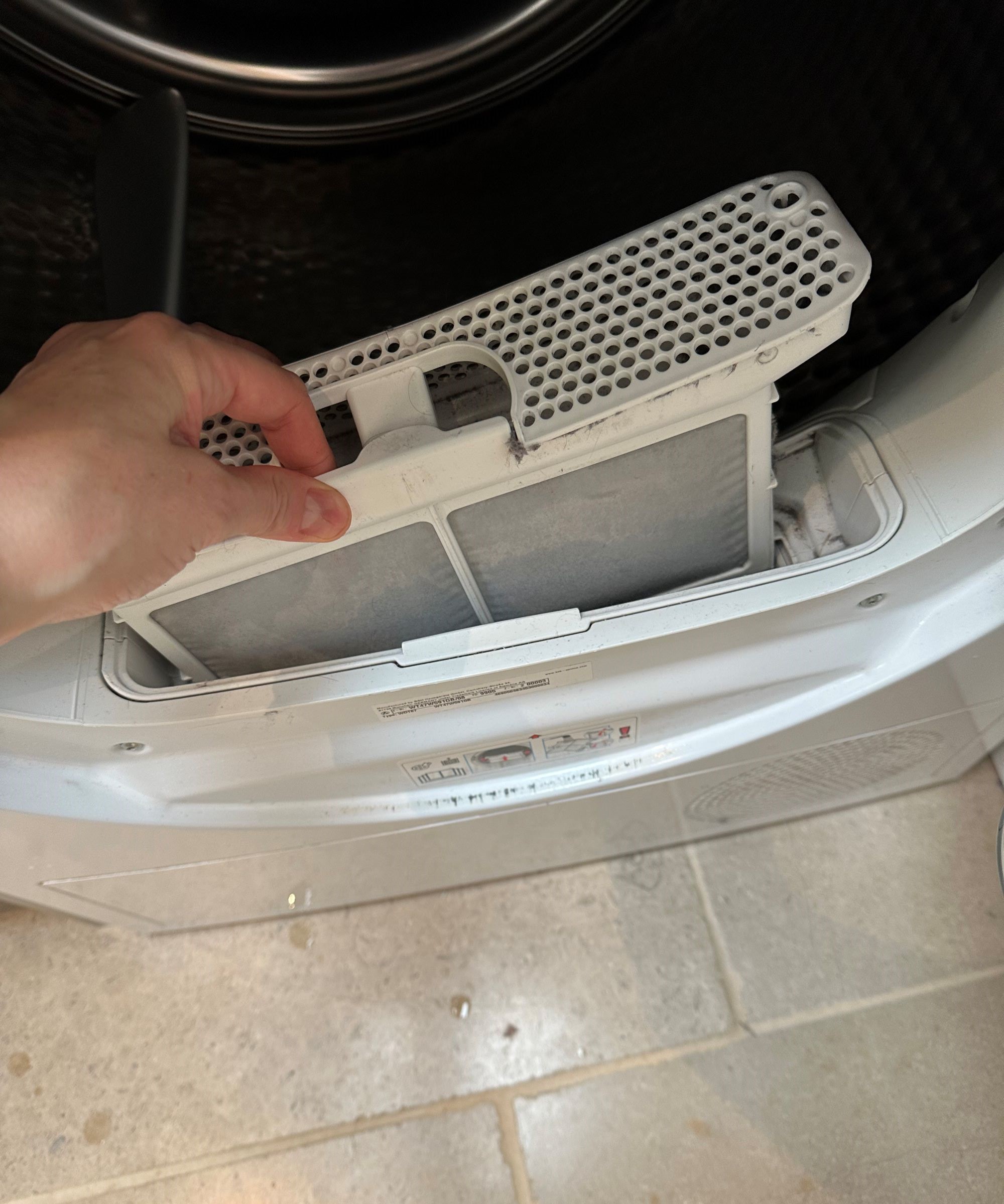
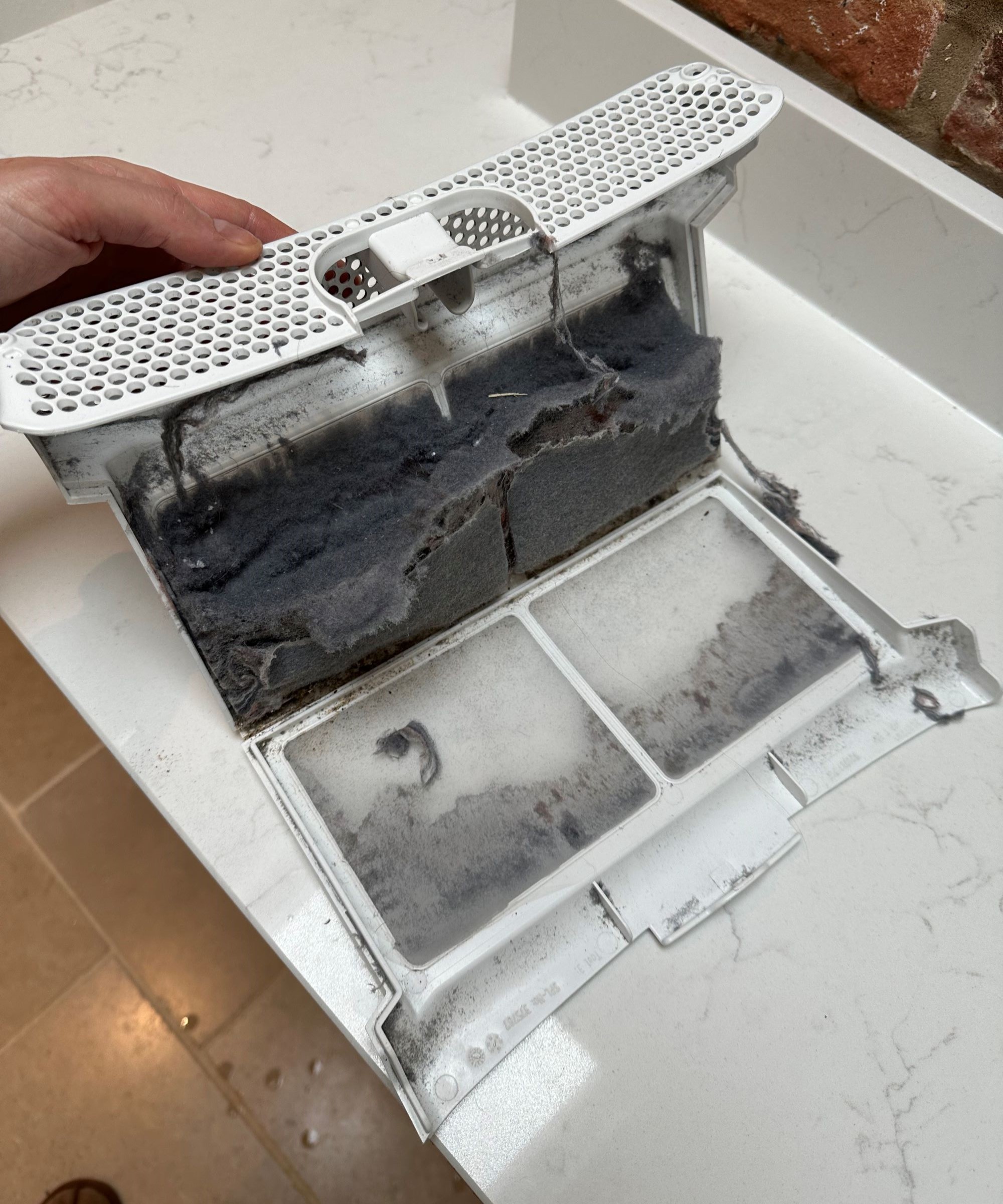
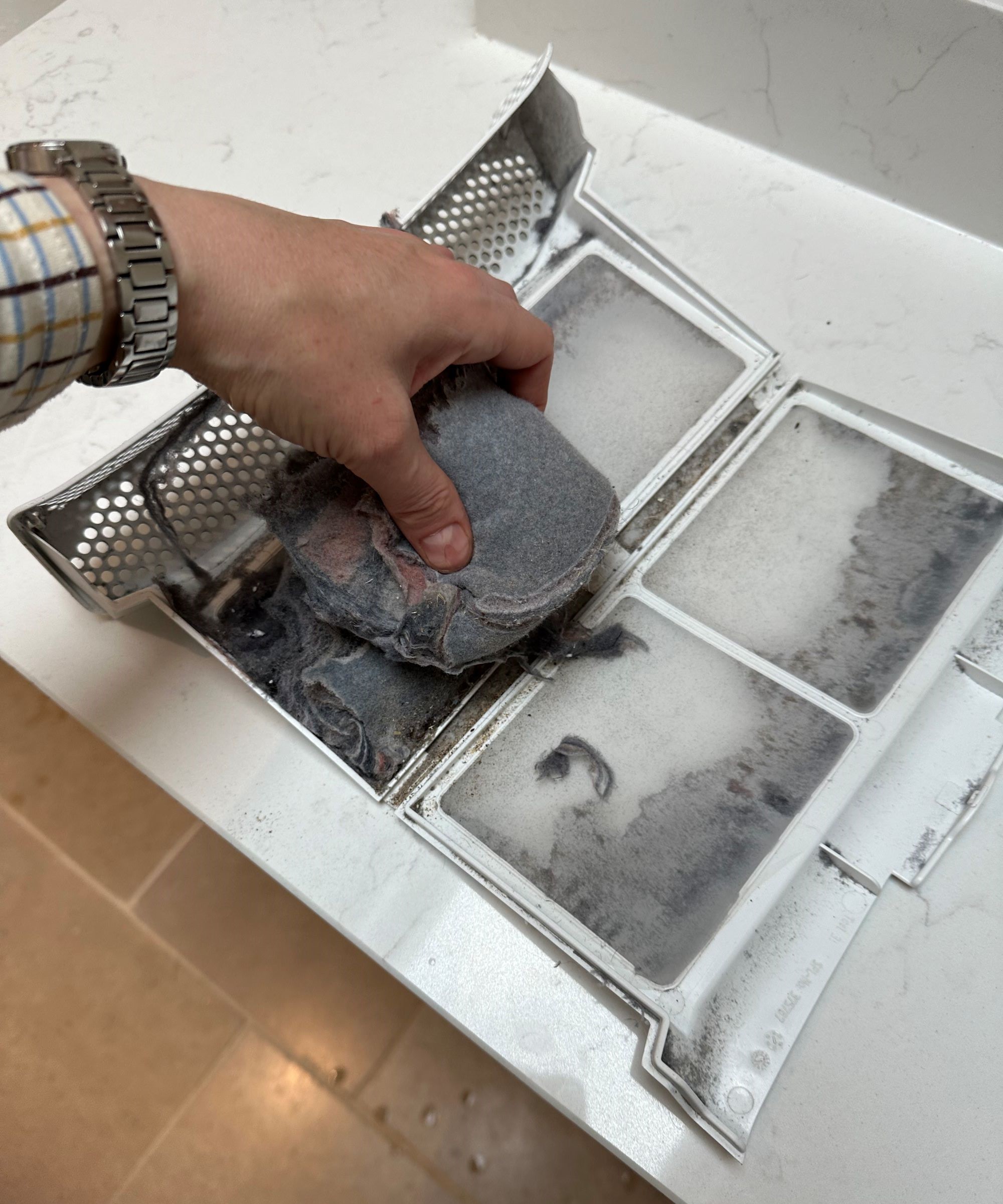
The 9kg drum amazingly doesn't get too scuzzy even after a lot of use, and that's down to the machine having self cleaning technology that automatically collects fluff and lint in a removable filter. This keeps the machine working at peak efficiency. This is in an easy to access location at the front of the machine as you open the door. All you need to do is remove the filter, open it up and roll off the lint so it can be binned, as seen in the above images.
Lint can be a fire risk for tumble dryers but I've found this machine is quite clever and will keep pausing the cycle and beeping until you've removed the lint if it becomes full.
I also love the LED drum light that automatically turns on when the tumble dryer door is opened, helping to see what you are doing when cleaning the filter or removing or putting in clothing. It also looks fabulously high-tech when it lights up.
Emptying the water tank
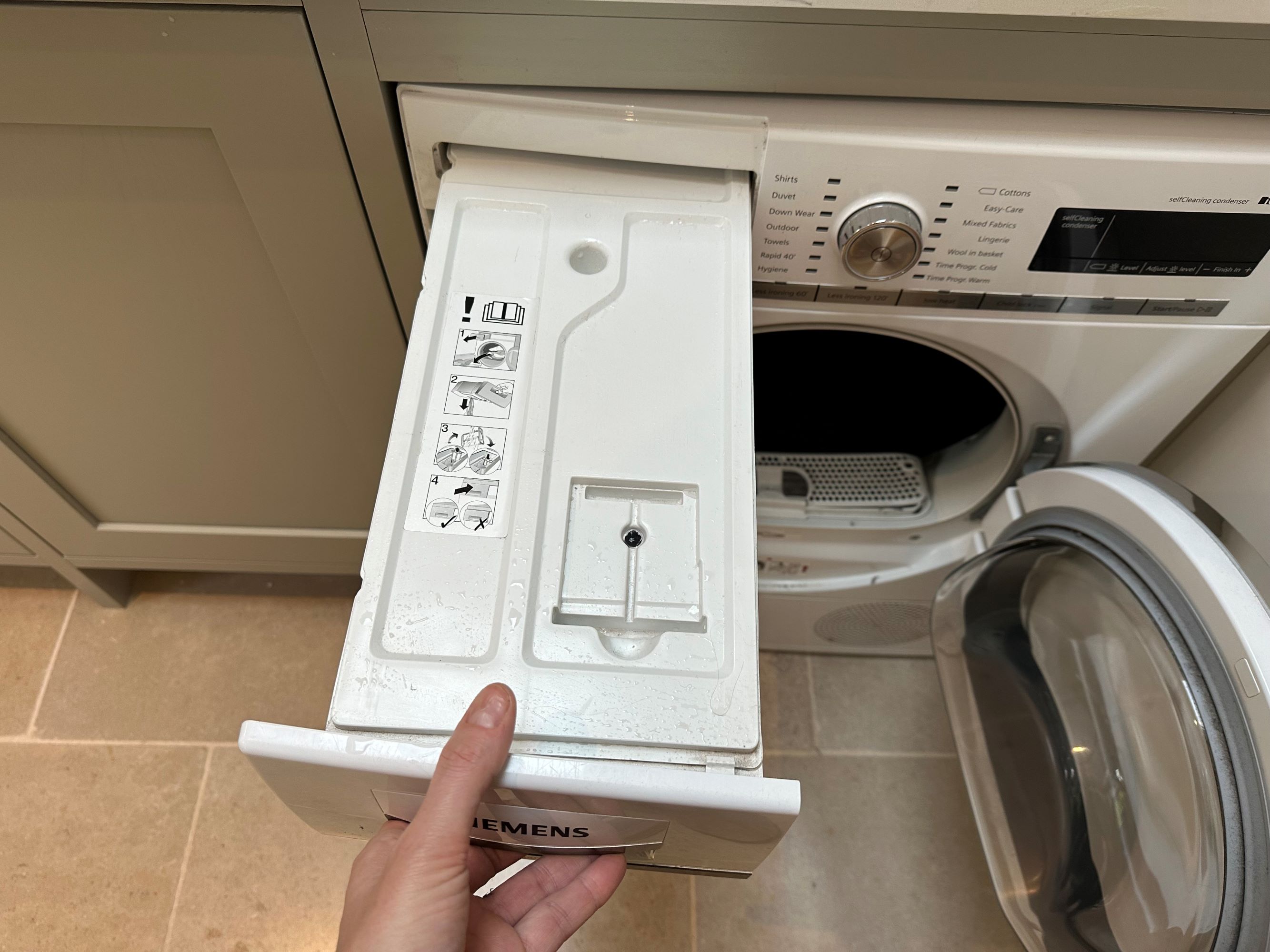
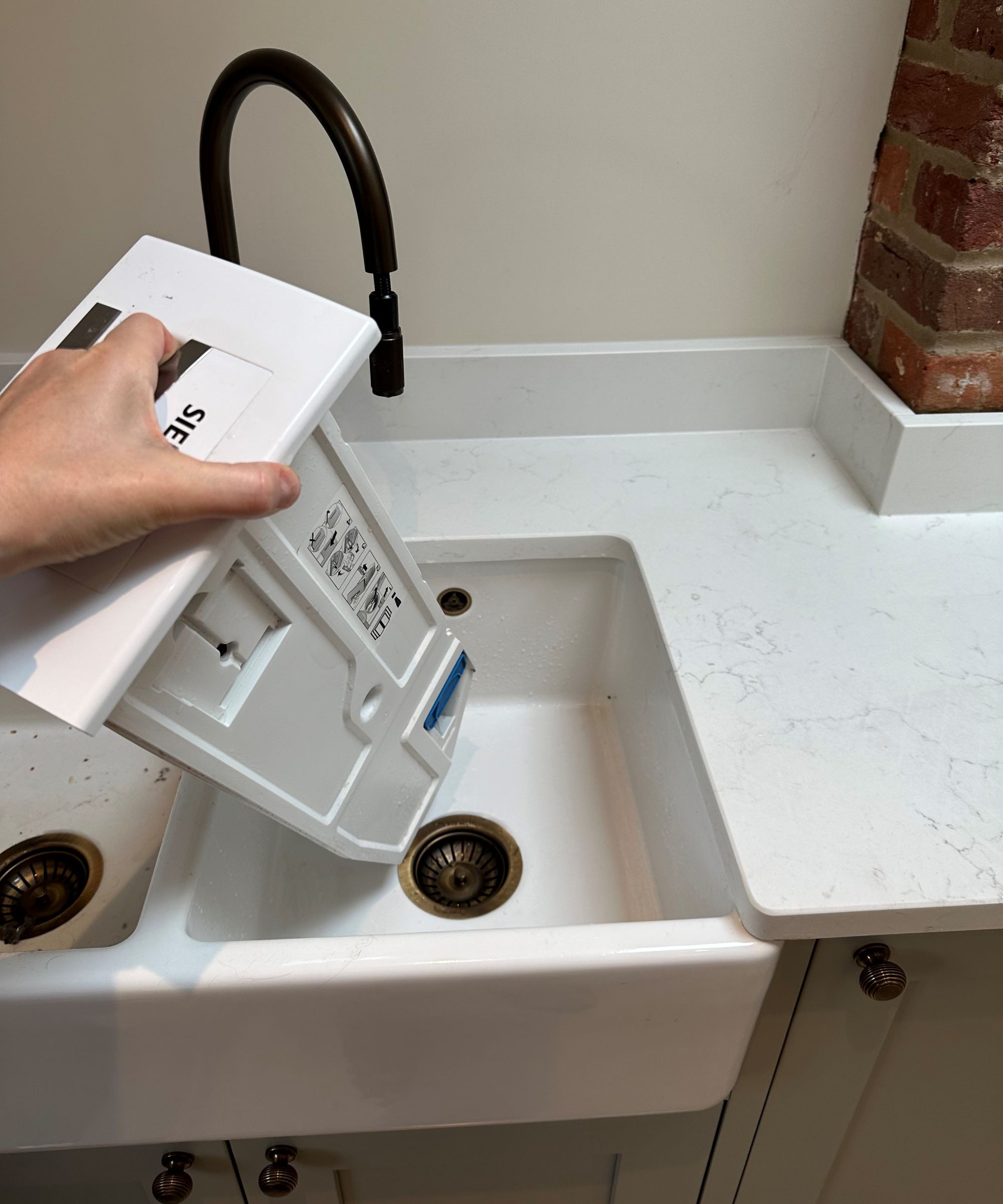
Moisture is removed from wet clothing inside the heat pump tumble dryer using a condenser. This water collects in a large, long water tray that does need emptying when full, which is fairly frequently despite its moderately large capacity.
This can be a bit of a faff compared to my washer-dryer, which automatically drained out via the outflow, but it's worth pointing out that it also gives you more flexibility in where you can put the machine, as it pretty much can go anywhere as long as you have a plug socket.
I believe you might also be able to plumb in heat pump tumble dryers to avoid having to constantly empty the water tank, but you'd have to double check whether this is possible for different models.
Final verdict
I'm definitely a convert to a heat pump tumble dryer after giving this one a try over the last few years. While I love that it is energy efficient, for me the main reason I'll be choosing a heat pump tumble dryer over a condenser or vented model for my utility room is how gentle it is on my clothing, leaving it looking much better in colour as well as softer to the touch.
One reason families have overlooked heat pump tumble dryers in the past is cost, as they used to be significantly more expensive than condenser or vented machines. But these days the price is coming down with retailers such as John Lewis, Appliances Direct, Argos and even Amazon showing them for as little as £369.
And it's worth looking at Black Friday deals too. John Lewis has £50 off Hoover, heat pump tumble dryers while Appliances Direct has a £270 saving on a Bosch model and Amazon has a huge 30% discount on this Samsung heat pump tumble dryer.
I probably will be sticking with what I know is decent, and investing in the upgraded version of the Siemens iQ500 as I found it ideal for what I need. That said, I might also be tempted by features on other designs that promise to inject fragrance into your washing.
If you are still in the process of building or renovating your utility room, it's worth having a look at our utility room ideas for some inspiration, as well as looking at utility room costs to factor in.
Bring your dream home to life with expert advice, how to guides and design inspiration. Sign up for our newsletter and get two free tickets to a Homebuilding & Renovating Show near you.

Amy spent over a decade in London editing and writing for The Daily Telegraph, MailOnline, and Metro.co.uk before moving to East Anglia where she began renovating a period property in rural Suffolk. During this time she also did some TV work at ITV Anglia and CBS as well as freelancing for Yahoo, AOL, ESPN and The Mirror. When the pandemic hit she switched to full-time building work on her renovation and spent nearly two years focusing solely on that. She's taken a hands-on DIY approach to the project, knocking down walls, restoring oak beams and laying slabs with the help of family members to save costs. She has largely focused on using natural materials, such as limestone, oak and sisal carpet, to put character back into the property that was largely removed during the eighties. The project has extended into the garden too, with the cottage's exterior completely re-landscaped with a digger and a new driveway added. She has dealt with de-listing a property as well as handling land disputes and conveyancing administration.
